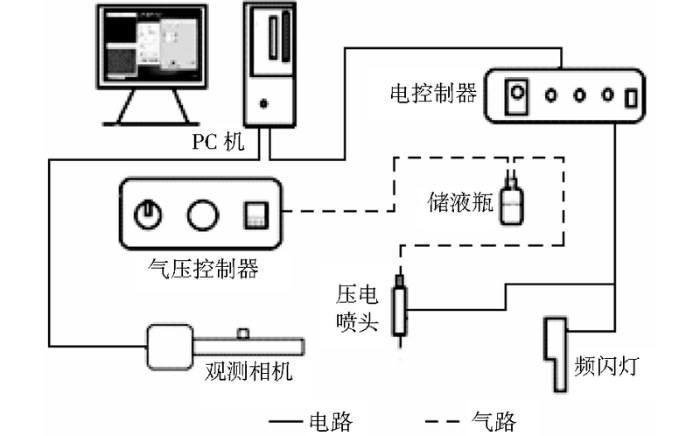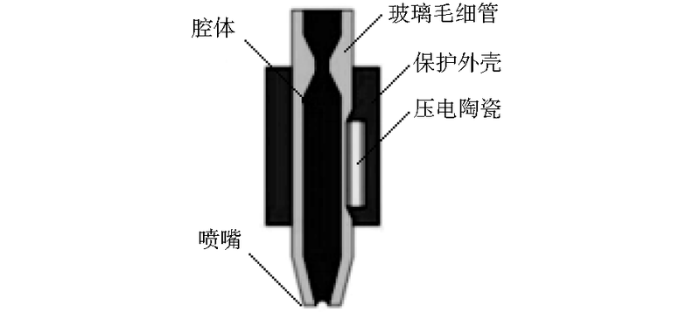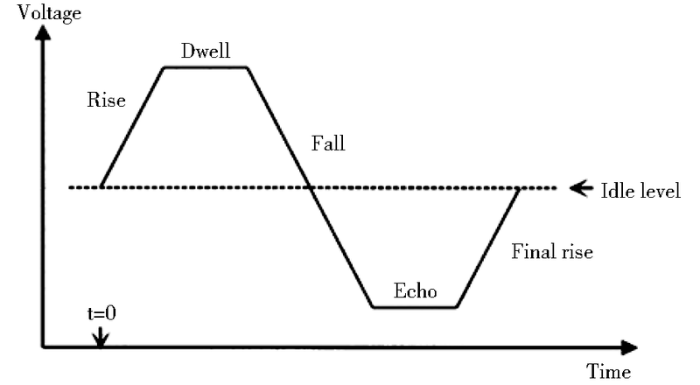Shanghai researchers explore the use of soundwaves and inkjet bioprinting in their recently published work, ‘The Application of Piezoelectric Micro-jetting Technology in the Field of Cell Bioprinting.’ With a study centered around tissue engineering, authors Sun Huaiyuan, Song Xiaokang, Liao Yuehua, and Li Xiaoou further examine piezoelectric parameters, pulse driving voltage waveforms, and bioprinting.
The authors realize a need for bioprinting and more successful tissue engineering, especially as so many patients around the world are dying while waiting for transplants. Many medical professionals and researchers see 3D printing as a possible solution for solving the problem, and baby steps have been taken over the years toward the eventuality of creating organs and saving lives with them, with major strides in bioprinting continually happening. The research team sees numerous, current challenges holding bioprinting technology back, however, as it is difficult to obtain cells, build scaffolds, and sustain the biological material. They see great potential for the future though, stating that the problems in tissue engineering will be ‘gradually solved.’
Like other medical 3D printing technology, the ability to bioprint is centered around medical imaging and 3D modeling software programs to make models that can eventually form an intricate structure for live, sustainable cells. Technologies currently in use for bioprinting include:
- Laser-guided direct writing
- Stereolithography
- Biological mapping/biological 3D printing
- Direct 3D controlled assembly
- Inkjet printing
- Batch cell printing
With piezoelectric micro-injection technology, the goal is to use ceramic materials to spray into the nozzle, which then forms the droplets extruded for 3D printing of live tissue. The micro-jet printing system is usually comprised of an electrical controller, gas controller, and visual observation piezo head assembly constructed out of a glass capillary tube. Sound waves are used in the process after putting pressure on the glass capillary walls and then squeezing the nozzle.
“While relaxing, the glass capillary expands, the ink at the nozzle sags, and “cuts” the extruded solution,” state the researchers. “Under the action of the surface tension of the ink, the extruded solution will gradually aggregate to form a single droplet, thereby achieving jet printing that satisfies a certain regularity.”
The scientists go on to say that for bioprinting of single cells, the piezoelectric driving method of squeezing and expanding is more suitable than other techniques currently in use. Performance of the nozzle is completely dependent on the pulse voltage and frequency of the controller. This also determines droplet size, speed, uniformity, and linearity.
“The impact force generated by the droplets and the substrate is increased to reduce the cell survival rate,” state the researchers. “It can be seen that the piezoelectric parameters have a direct impact on cell printing.”
The bipolar trapezoidal wave is most commonly used in piezoelectric micro-injection, as outlined by the research team: the X-axis represents time (μs), the Y-axis represents the pulse voltage value (V), and the parameters include the pulse voltage amplitude Dwell Voltage (V) and Echo Voltage (V), positive and negative voltage holding time Dwell Time (μs) and Echo Time (μs), pulse voltage rise time Rise Time (μs), pulse voltage fall time Fall Time (μs).
“Early scholars pointed out that piezoelectric micro-jet printing technology will destroy cell membranes and lead to cell death,” say the researchers, pointing out that based on current data, they believe that parameters can be adjusted accordingly, meaning high sustainability for cells, and a place in the mainstream for bioprinting.
“The questions raised are how to further improve the cell survival rate, how to ensure the culture environment before and after cell printing, how to accurately control the printing parameters and the influence of bio-ink on cell printing,” conclude the researchers. “Therefore, the research and complexity of micro-injection technology in the field of cell printing pre-structure design and post-processing are all part of the need to develop innovation. It is believed that soon, with the continuous advancement of artificial intelligence and materials science, bioprinting tissues and organs can make breakthroughs by utilizing the more mature micro-injection technology in the field of biological cell printing.”
Conductive materials and 3D printing have been accompanying each other for years now as innovators look at so many different ways to use them together for a variety of different applications—from liquid electronics to stretchables to the creation of resistors from conductive filament. Bioprinting has been a big focus in many research labs around the world now too as scientists look for ways to create and sustain live tissue to improve the lives of a wide range of patients. Find out more about piezoelectronic micro-jetting and bioprinting here.
What do you think of this news? Let us know your thoughts! Join the discussion of this and other 3D printing topics at 3DPrintBoard.com.
Subscribe to Our Email Newsletter
Stay up-to-date on all the latest news from the 3D printing industry and receive information and offers from third party vendors.
You May Also Like
3D Printing Financials: Fathom Struggles in Financial Quicksand During Critical Transition
Facing a year of key transitions and financial pressures, Fathom (Nasdaq: FTHM) has filed its annual report for 2023 with the U.S. Securities and Exchange Commission (SEC). The document outlines...
Latest Earnings Overview for Australian 3D Printing Firms Titomic and AML3D
Australian 3D printing manufacturing firms Titomic (ASX: TTT) and AML3D (ASX: AL3) reported their financial results for the period from July to December 2023, marking the first half of their...
3D Printing Webinar and Event Roundup: April 7, 2024
Webinars and events in the 3D printing industry are picking back up this week! Sea-Air-Space is coming to Maryland, and SAE International is sponsoring a 3D Systems webinar about 3D...
3D Printing Financials: Unpacking Farsoon and BLT’s 2023 Performance
In the Chinese 3D printing industry, two companies, Farsoon (SHA: 688433) and Bright Laser Technologies, or BLT (SHA: 688333), have recently unveiled their full-year earnings for 2023. Farsoon reported increases...


































